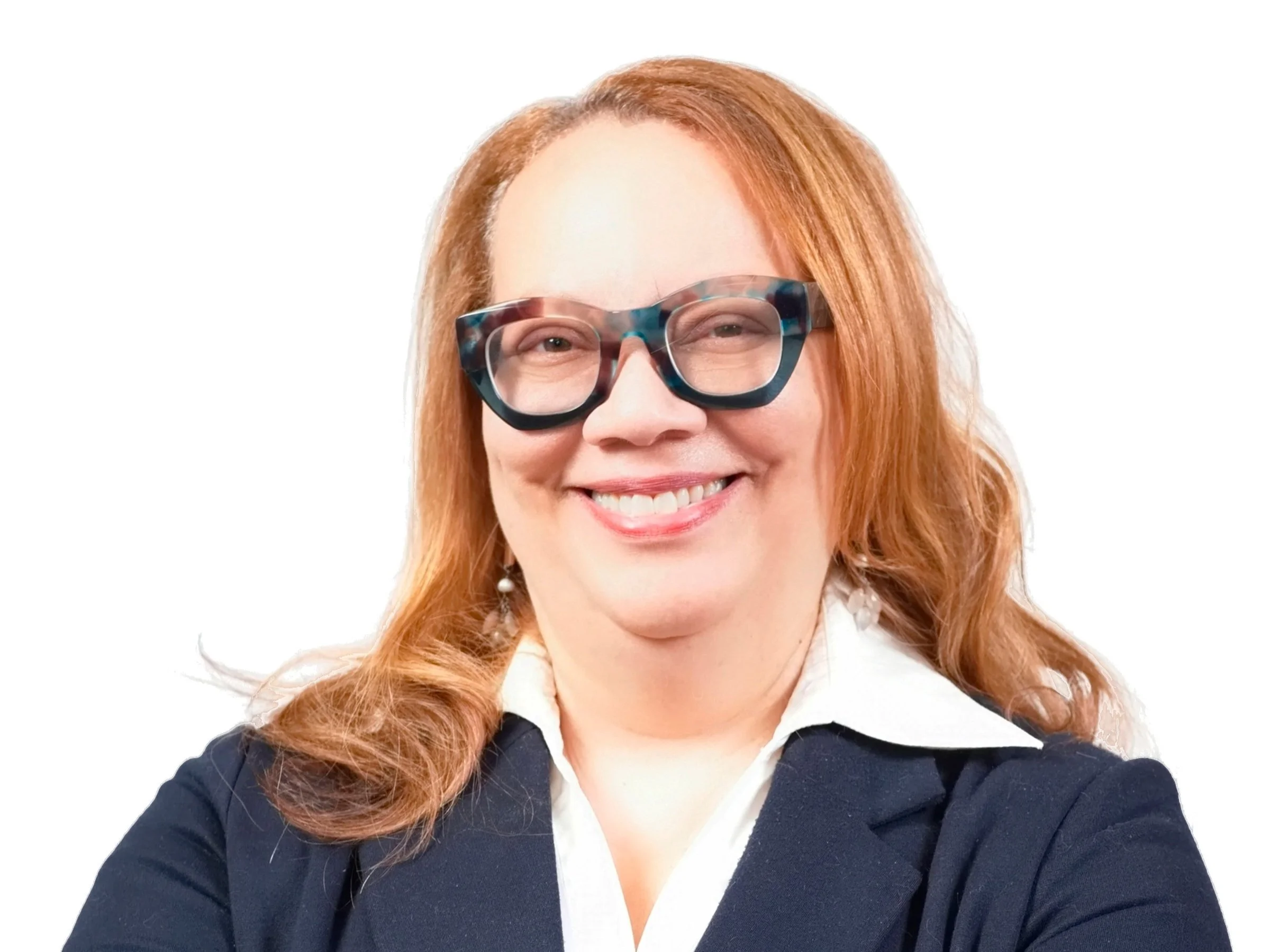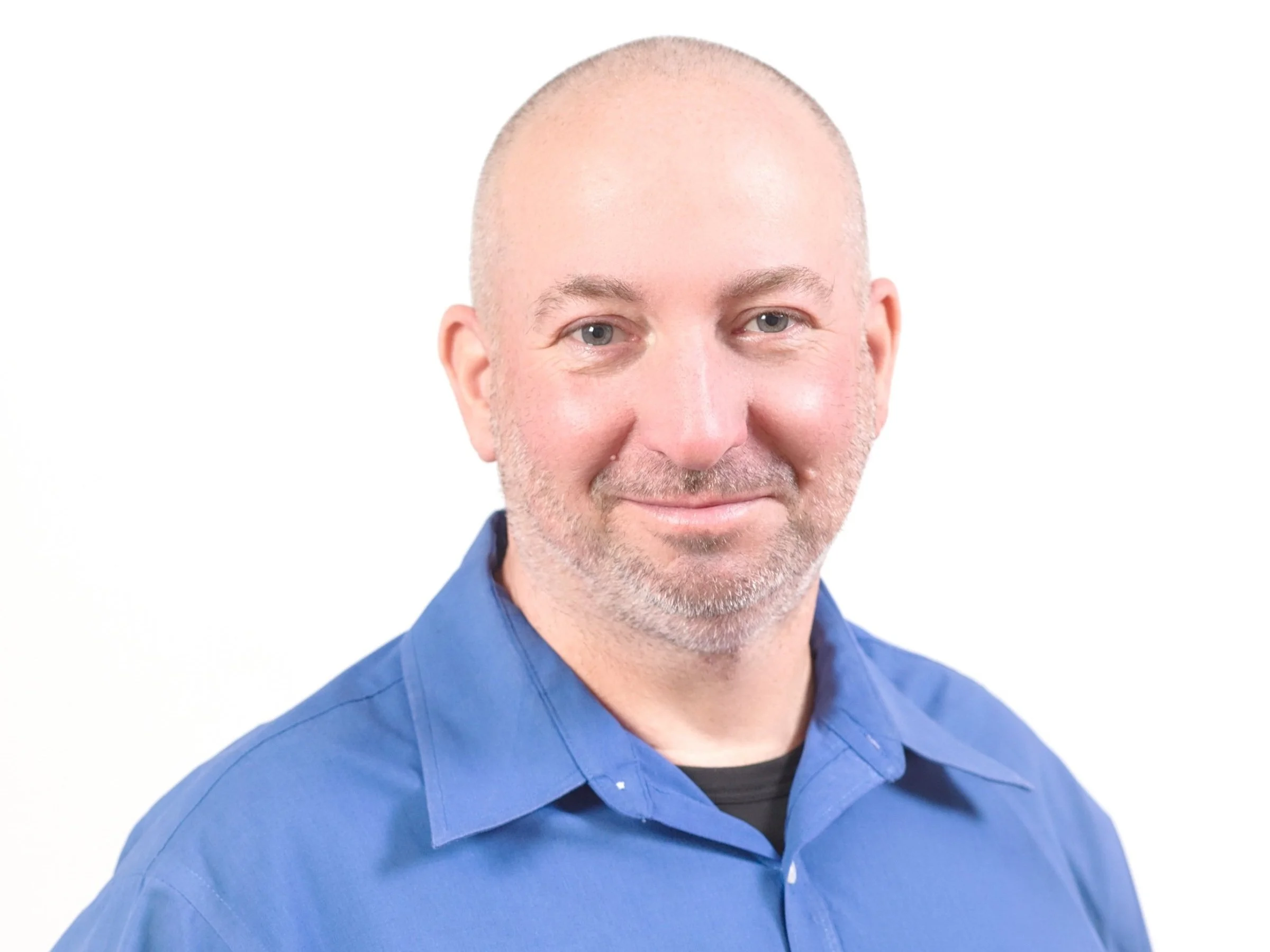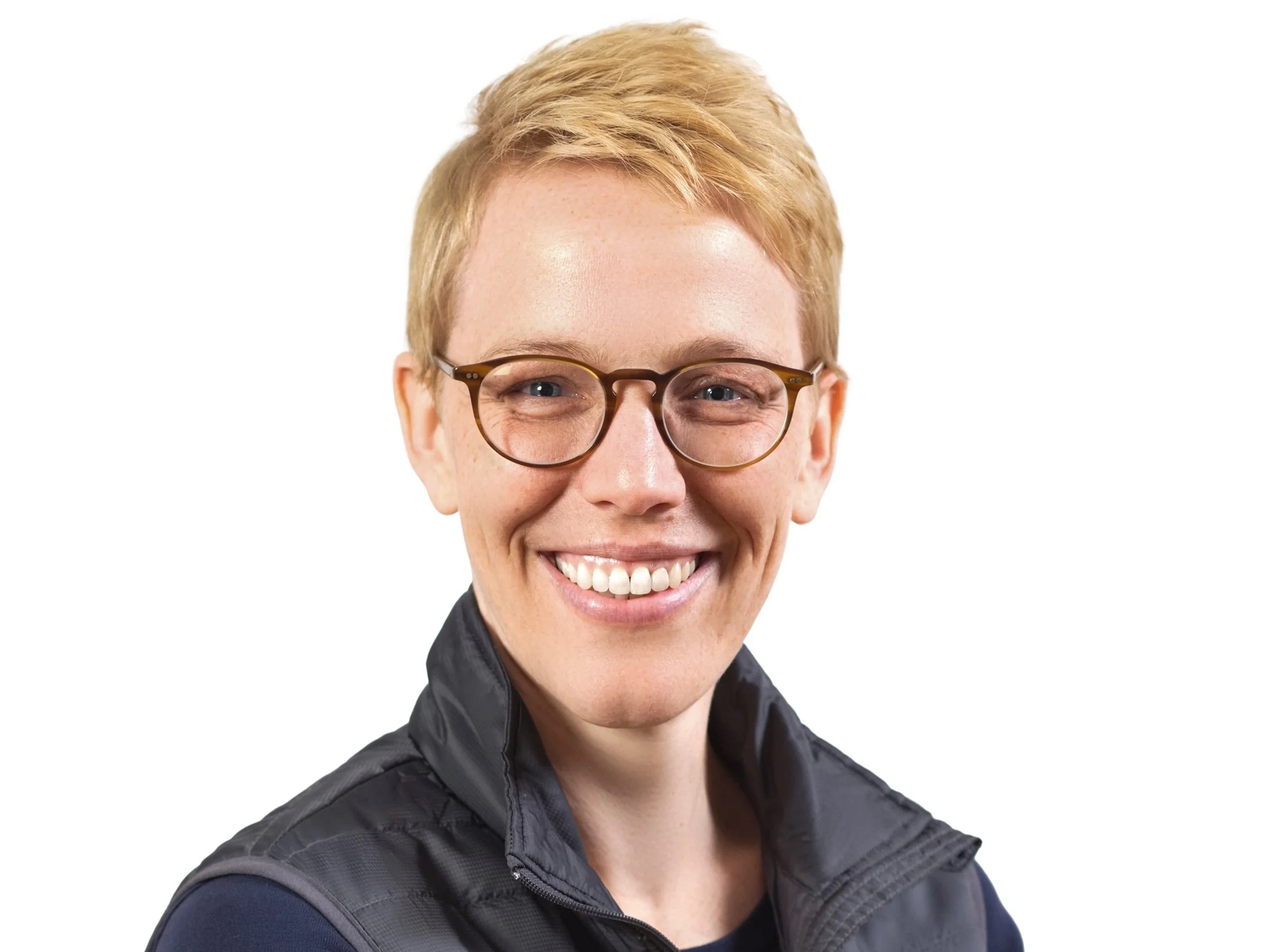We deliver complete soil ecosystems.
You grow life anywhere.
We are soil science, horticulture, and ecology nerds with decades of experience growing plants exceptionally well in the harshest site conditions. Our flagship product, Omni Infinity Media, supports life almost anywhere and equips designers, trade professionals, urban farmers, and plant geeks to quickly grow healthy soil in infinite places.
Our vision is to democratize nature. We believe integrating dynamic, working landscapes into the places we live, work, and play is fundamental to resilient and healthy communities. By helping to rewild the built world, Omni addresses both the biodiversity and climate crises. Our efforts aim to save species, cool cities, and reconnect humans to the natural world.
Meet the Team
Omni Ecosystems’ Origin & Evolution
Omni’s origin story begins in the early 1980s at the Indiana Dunes at the southern end of Lake Michigan. The teenaged Michael Repkin was stunned to find oak savannahs thriving atop hills that seemed comprised of pure sand. How could these trees find enough water and nutrients in this dunescape? This moment of wonder inspired Repkin’s lifelong journey unlocking the secrets of microbial-plant interactions which led to a career as a microbiologist in the U.S. Army and ultimately the development of Omni Infinity Media.
In 2005 Molly Meyer completed their master’s degree in Earth Systems at Stanford University and embarked on their own journey of discovery, first as a carpenter in Seattle and then as a Robert Bosch Fellow in Germany, learning how to design, build, and maintain green roofs from industry experts. Molly’s vision to “democratize nature” coalesced in Germany and they decided to focus their efforts by relocating to Chicago, a city at the forefront of green infrastructure in the United States. Soon after, Molly founded Omni Ecosystems.
Around the same time, Repkin was back home in Chicago after retiring from the military, building prototype green roofs focused on sustainable food production with his lightweight growth media. When Molly met Repkin in 2009 they found a fellow soil nerd who was making outrageous claims about giant rooftop collard greens he was growing in a two-inch depth of growth media.
After touring some of Repkin’s projects, mostly on rooftops that could not structurally support a traditional green roof, Molly realized that this mad scientist was at the cutting edge of the industry. And Repkin quickly realized Molly had robust experience in the technological aspects of green roofing and trained with folks that had proven green roofs are a great return on investment. They teamed up to market Repkin’s groundbreaking soil technology towards the shared vision to democratize nature.
After several years of small-scale ventures, many of which involved meadows grown entirely from seed, Omni tackled its first institutional project in 2013 when they installed a 6,000-sf green roof above the recording studio of WFYI, Indianapolis’ public television and radio station. The client was most interested in using the green roof to soundproof the studio from rainfall. Little did they know they were getting a meadow that would become a biodiversity powerhouse, supporting all kinds of wildlife, from ladybugs to geese and improving the view for their office subtenants.
With larger projects, Omni grew. Disciplines within the company were given leadership and staff: Omni Construction, Omni Products, Omni Stewardship, and a design studio, Omni Workshop soon followed. By 2015, Omni created a training program for other contractors, who began purchasing Omni Infinity Media and installing & maintaining green infrastructure with it. In 2016, Recover Green Roofs built a marquee 8,300-sf green roof at Harvard Business School in Boston using Omni Infinity Media.
Proof of concept was paramount, so no project was too strange or difficult to pass up. When Studio Gang Architects wanted to put a native prairie meadow and oaks on the roof of their 77-year-old building, Omni figured it out. Ultra-lightweight Omni Infinity Media was mounded above root balls to support large nursery trees, which were placed above the building’s structural columns.
Unanticipated benefits also occurred: because of a late-season installation, the SGA green roof was overseeded with a cover crop of winter wheat to prevent erosion. In the spring of 2016, the wheat had fruited so successfully that a harvest was performed producing 66 pounds of flour. Likely the first rooftop cereal grain project in Chicago (and perhaps anywhere), this effort proved that hyper-local cereal grain production was possible on-structure and was recognized with Omni’s third Green Roof Award of Excellence.
The SGA project also proved that Omni meadows could support an enormous amount of wildlife diversity on a relatively small rooftop. Omni Stewardship actively tracked plant species during monthly maintenance visits and assisted SGA in annual Bioblitzes documenting the intentional ecological succession to a native Midwest prairie, reporting a Natural Area Quality FQI just four years after initial seeding. Bats, bees, birds, fungi, lichen, and many insects are supported by this green roof above a busy urban streetscape.
In 2017 Omni installed its first on-grade application, heralding the arrival of Omni Terrain, a novel utilization of our growth media over contaminated in-situ soils. This method has been most notably implemented at The Salt Shed, a concert venue at the landmark Morton Salt building in Chicago. The project achieved the City of Chicago’s stormwater requirements, and the costs of landscaping, stormwater management, and environmental remediation were significantly less using Omni Infinity Media rather than traditional grey infrastructure. Not only did this project win MWRD’s Sustainable Landscape Award, but it proved the financial efficacy of Omni’s green infrastructure solutions.
In 2018, the District House project demonstrated the value that the marketplace ascribes to green roofs. Second-floor condominium unit owners who had green roofs using Omni Infinity Media paid an average of 12.4% higher for their units than the matching third-floor units which had balconies rather than green roof terraces. An Urban Land Institute case study on this project’s use of green infrastructure states: “Despite a cost allocation of $20,000 for the green roof areas attributable to units with terraces, these units sold for an average of $95,030 more per unit. This analysis also does not account for the conventional wisdom that units typically increase in value on higher floors. The unique attributes of these terrace units became a prominent feature in the building’s marketing, ‘contributing to sales velocity that resulted in the project selling out as construction was completed,’ (developer Chris) Dillion says.”
Omni outgrew its previous headquarters in Chicago’s West Loop neighborhood by 2019, and sought a new office facility that could support the diverse array of functions performed by its multidisciplinary team; communicate its brand as a leading green infrastructure and landscape architecture company; and enable it to fulfill its mission with a community-driven focus. Omni acquired a 2.5-acre block in Chicago’s Bronzeville neighborhood to house its new headquarters that consists of 65,000 SF of connected buildings and 1-acre of open land. The industrial facility, built in the 1920s, used to house the historic Bowman Dairy Company bottling factory. This adaptive reuse project, completed in 2020, includes an ADA accessible rooftop, deck, and expansive green roofs along with open offices, meeting spaces, outdoor yard space, an indoor plant library and conservatory, a material library, warehouse, and R&D space. In 2021, Omni began its transformation of the 1-acre lot into Seed A Lot: Sidewalk Share project for the Chicago Architecture Biennial. Omni created a naturalized 21-foot setback on the contaminated vacant lot into an immersive rewilding landscape, creating a space for communal respite and wildlife habitat. The project highlights resiliency and the ability to reclaim a former industrial site within a short time frame, while actively working to reverse the effects of past disinvestment. It also serves as a template for the activation of vacant space and for corridor creation in urban settings and demonstrates the benefits of more equitable public access to green spaces.
By 2022, Omni had grown from two to nearly 40 employees and completed projects nationwide. Repkin & Molly had also invented & patented a living wall product (Omni Tapestry,) invented a green facade product (Omni Facade,) and invented & patented a wastewater treatment technology (Omni Capture.) At this time, Omni leadership embarked on a multi-year effort to reestablish its values, mission & vision. From 2022 to 2024, Omni restructured: branding its products division Omni Rewild, divesting of its installation & maintenance services, and selling its landscape architecture studio Omni Workshop to Greenprint Partners where the design team could flourish under mission-aligned leadership and alongside complimentary multi-disciplinary professional services. Dozens of dedicated, talented people contributed to Omni’s proof of concept, and hundreds more now specify, install, and maintain Omni products. This has allowed Omni to place a singular focus back to its roots in soil science with Omni Infinity Media.
Soil for you is all we do!
Community Engagement
Omni cares about and supports Bronzeville, its local community in Chicago. Omni is committed to utilizing its local presence to support the community and help make Bronzeville a more economically vibrant neighborhood. In addition to participating in numerous job posting boards across the Bronzeville community and hiring South Side contractors for both the building’s renovation and ongoing facilities services, Omni has embarked on numerous other ventures to see this commitment through. These endeavors are exemplified by the Seed A Lot: Sidewalk Share site activation, our participation in the IIT Youth STEM Expo, the Strides for Peace Race to end Gun Violence, and hosting numerous community organizations in our space, including Chicago Youth Corps, Build Bronzeville and the Renaissance Collaborative.
Falling within INVEST South/West’s geographic boundary and sitting directly across from the former Robert Taylor homes site in an Opportunity Zone, Omni’s headquarters is designed to both build local community wealth and help reverse the historic levels of disinvestment and decades of neglect the greater Bronzeville community has experienced.











